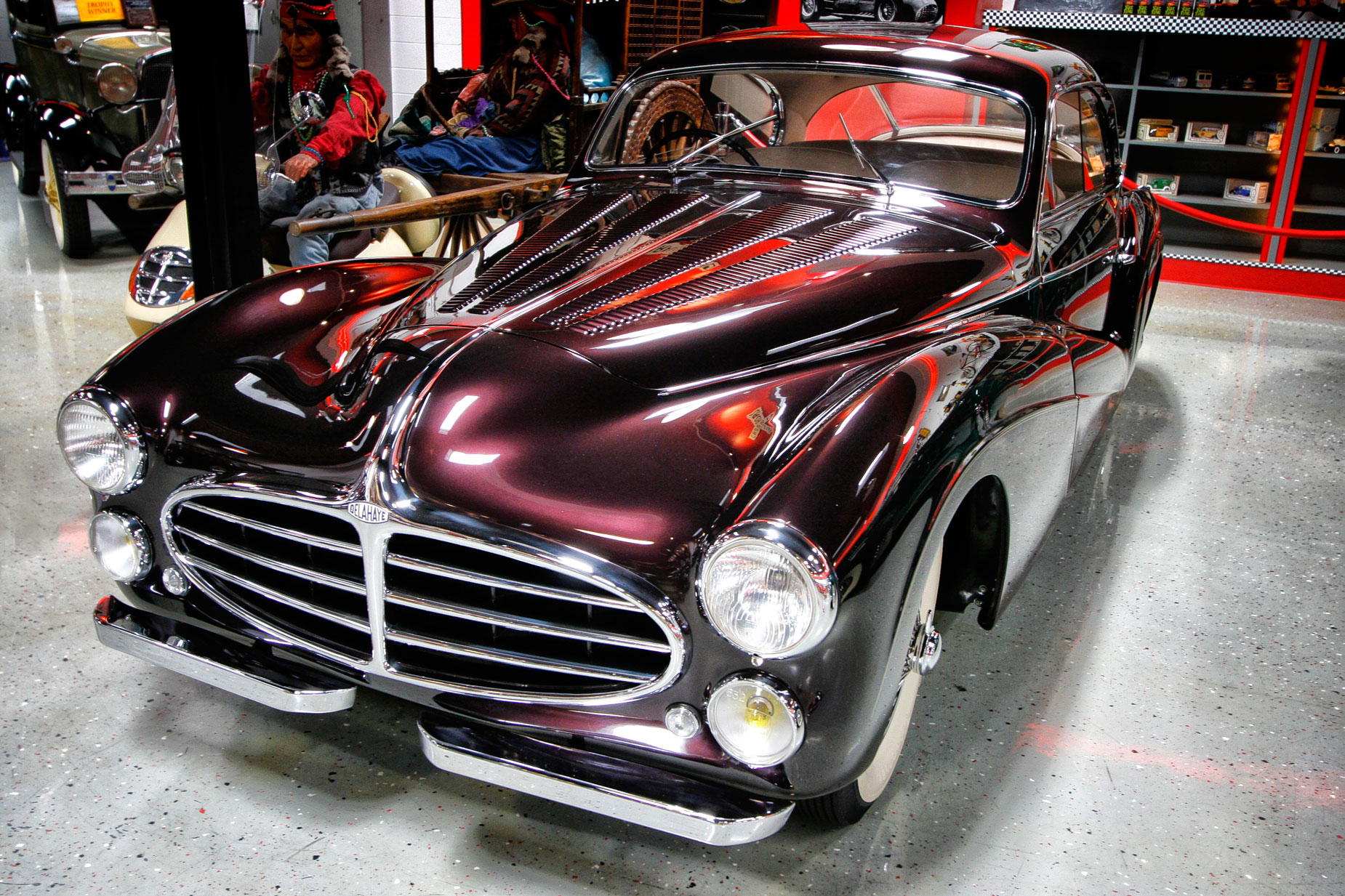Today’s Post by Joe Farace
There are two ways of spreading light: to be the candle or the mirror that reflects it.,—Edith Wharton
In 1960, the late Peter Gowland wrote that “Light is an interpretive tool in the hands of a photographer. He can make it harsh or soft, revealing or concealing, flattering or libelous. The more he knows about the versatility of light, the easier it is to cope with any picture-taking situation he encounters.”
While the Mr. Gowland was undoubtedly talking about portraiture, of which he was a singular master, the same can easily be said about photographing cars, And to quote one of my mentors, “Light may be light” but , to quote me, it’s not always the same color. To work successfully in the genre of low light photography, we need to know more about the nature of light so we can capture images that others may merely give a fleeting look. Most people look at the golden hour and see the beauty of the subject, no more and no less.
Most of us think about daylight as the “proper time” for making photographic exposures and this means that photo ops that occur at night or late (or early) in the day are often overlooked. I don’t think they shouldn’t be because even the colors of daylight are not the same.

How I Made this Shot: Delahaye was a family-owned automobile manufacturing company, founded by Émile Delahaye in 1894 in Tours, France. The company built a line of limited production luxury cars that featured graceful coach built bodies like this beauty. Because of WWII, the company faced setbacks and in 1954 was taken over by a competitor. Sadly, Delahaye closed forever at the end of 1954.
Making photographs in private museums, such as the San Diego Collection, can be a challenge because of the kind of mixed lighting conditions that exist there. For this image of a beautiful Delahaye, the camera used was a Canon EOS 30D with EF-S10-22mm f/3.5-4.5 USM lens (at 22mm.) Exposure was 1/30 sec at f/4.5 at ISO 640. Understanding the concepts behind White Balance and the color options available to digital photographers show this vintage Delahaye and it’s beautiful paint job. Tip: The neutral grey floor helped me set a custom white balance. (Look for a post on this subject, real soon now.)
Factoids: The color temperature emitted by various light sources is measured in degrees on the Kelvin (K) scale. For example, the sun on a clear day at noon is 5500 degrees K. On an overcast day the color temperature of light rises to 6700 degrees K, while you will experience 9000 degrees K in open shade on a clear day. When we photograph a sunrise, its color temperature may be 1800 degrees K. Lights used by videographers or tungsten light bulbs used in so-called “hot lights” have a Kelvin temperature of 3200 degrees. The light from household lamps are close to that color temperature and measure about 2600 degrees Kelvin.
For more about Kelvin, including some input from a descendant of Lord Kelvin, please read my post It’s All About Color.
 If you liked this post and enjoy visiting this blog, you can show your appreciation by buying me a cup of Earl Grey tea ($2.50) by clicking here or, if you prefer, you can just click on Contact and offer a simple “thank you.”
If you liked this post and enjoy visiting this blog, you can show your appreciation by buying me a cup of Earl Grey tea ($2.50) by clicking here or, if you prefer, you can just click on Contact and offer a simple “thank you.”
Along with photographer Barry Staver, Joe is co-author of Better Available Light Digital Photography with new and used copies available on Amazon for $21.50, as I write this.